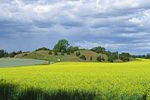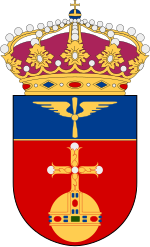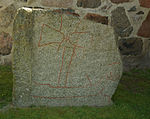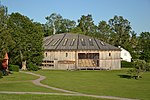Lövstalöt
Populated places in Uppsala CountyPopulated places in Uppsala MunicipalityUppsala County geography stubs
Lövstalöt is a locality situated in Uppsala Municipality, Uppsala County, Sweden with 1,046 inhabitants in 2010.Lövstalöt is situated 12 km north of the city of Uppsala, in the flat country that surrounds the city. Until the end of the 1930s, the village consisted of a few houses and a school, built in 1892. In 1938, a woodworking factory, Bälinge Snickerifabrik, was built.Most of the houses in Lövstalöt were built during the 1960s and 1980s. Detached houses dominate, but there are also some terraced houses. In the centre of Lövstalöt there is a gravefield from the Iron Age.
Excerpt from the Wikipedia article Lövstalöt (License: CC BY-SA 3.0, Authors).Lövstalöt
Fanstavägen, Uppsala kommun
Geographical coordinates (GPS) Address Nearby Places Show on map
Geographical coordinates (GPS)
| Latitude | Longitude |
|---|---|
| N 59.95 ° | E 17.583333333333 ° |
Address
Fanstavägen
Fanstavägen
755 93 Uppsala kommun
Sweden
Open on Google Maps








